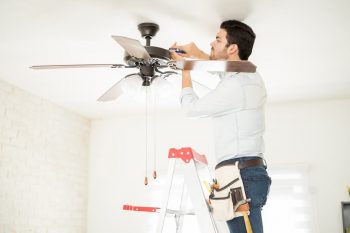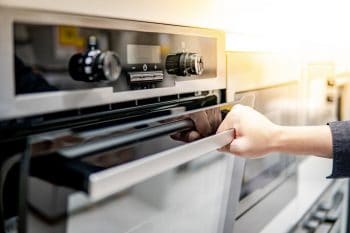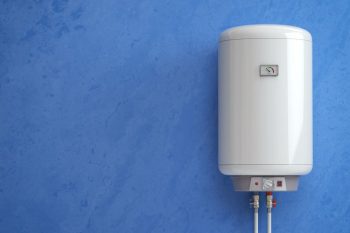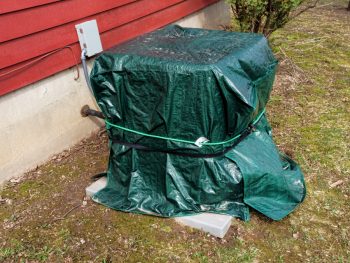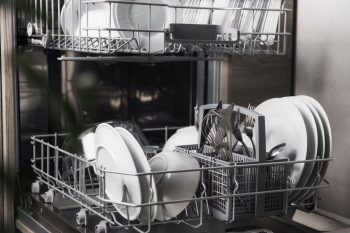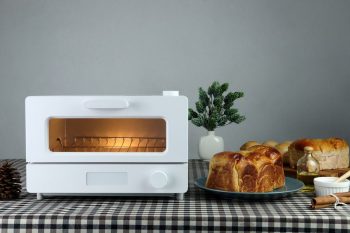
Understanding the concept of medium oven temperature is essential for all cooking enthusiasts, whether you’re a professional chef, a home cook, or a baking hobbyist. Knowing the right oven temperature can make a significant difference in the texture, flavor, and appearance of your food. But what exactly is a medium oven temperature? Let’s dive in.
A medium oven temperature is typically defined as a range of 350–375 °F (180–190 °C). This temperature range is commonly used in many recipes for various baking and cooking purposes. It’s essential to note that factors such as the type of oven, oven design, settings, altitude, bakeware, and ingredients can influence the actual temperature inside the oven. Therefore, using an oven thermometer for accurate readings is recommended.
Defining Medium Oven Temperature
A medium or moderate oven temperature is defined as a range of 350–375 °F (180–190 °C). This temperature range is commonly used for various baking and cooking purposes. It’s the most common temperature range used in many recipes due to the Maillard reaction, a chemical reaction between proteins and sugars that causes browning and enhances flavor.
Factors Influencing Medium Oven Temperature
Several factors can influence the medium oven temperature, including:
- Type of Oven: Different types of ovens, such as convection, gas, and electric ovens, may have varying temperature profiles and heat distribution patterns.
- Oven Design: The design of the oven, including the number and arrangement of heating elements, air circulation, and insulation, can affect temperature uniformity.
- Oven Settings: The temperature settings on the oven can impact the actual temperature inside the oven, as some ovens may not be calibrated accurately.
- Altitude: At higher altitudes, air pressure is lower, which can affect the boiling point of water and, consequently, the cooking temperature.
- Size and Type of Bakeware: The size and material of the bakeware used can influence the temperature and cooking time required for a recipe.
- Recipe and Ingredients: The type of food being cooked and the specific recipe can also impact the ideal oven temperature.
Potential Problems from Incorrect Oven Temperatures
Incorrect oven temperatures can lead to several potential issues and problems, including altered cooking time, texture issues, color issues, sunken centers in baked goods, and burnt or undercooked food. Therefore, it’s essential to ensure that your oven is calibrated correctly and maintains the set temperature. You can use an oven thermometer to check the accuracy of your oven’s temperature and make necessary adjustments.
Dishes That Require Medium Oven Temperature
Dishes that commonly require a medium oven temperature include baked custards, roast beef and lamb, top sirloin steak, and oven-baked steak. Remember that oven temperatures can vary, so it’s essential to monitor the cooking process and adjust the time accordingly. Always follow the specific temperature and cooking time recommendations provided in the recipe you’re using.
Different Ovens and the Medium Temperature
Different types of ovens, such as convection, gas, and electric ovens, can affect the medium temperature in various ways. For example, when using a convection oven, you typically need to reduce the cooking temperature by 25°F (about 15°C) or reduce the cooking time by 25 percent compared to a conventional oven.
Accurately Measuring Oven Temperature
To accurately measure your oven temperature and ensure it’s at a medium level, you can use an oven thermometer. A medium oven temperature is typically between 350-375°F (180-190°C). Using an oven thermometer can help you achieve accurate temperature readings.
Tips to Maintain a Medium Oven Temperature
To maintain a medium oven temperature for a prolonged period, preheat your oven to the desired temperature, use an oven thermometer, check your oven’s calibration, insulate the oven, use a PID temperature controller, and avoid opening the oven door frequently.
Common Mistakes to Avoid
When using a medium oven for cooking or baking, avoid not preheating the oven properly, using ingredients at the wrong temperature, overmixing the batter, not greasing or lining pans, opening the oven door frequently, not using an oven thermometer, and ignoring hot and cold spots in the oven.
In conclusion, understanding the concept of medium oven temperature can greatly improve your cooking and baking results. By considering the factors affecting oven temperature, accurately measuring the temperature, and avoiding common mistakes, you can ensure that your dishes come out perfectly every time. Happy cooking!
Frequently Asked Questions
What is the Maillard reaction?
The Maillard reaction is a chemical reaction between amino acids and reducing sugars that gives browned food its distinctive flavor. It’s named after French chemist Louis-Camille Maillard, who first described it in the early 20th century.
What is oven calibration?
Oven calibration refers to the process of verifying and adjusting the oven’s temperature to match the set or pre-determined temperature. It ensures that the temperature displayed on your oven’s control panel matches the actual temperature inside the oven.
How do I calibrate my oven?
Most modern ovens allow you to calibrate the temperature. Usually, this involves adjusting the temperature dial or setting in the oven’s control panel. Refer to your oven’s manual for specific instructions. If your oven doesn’t have a calibration feature, you can use an oven thermometer to check the temperature and adjust your cooking time or temperature accordingly.
Can I use a regular thermometer to measure the temperature inside my oven?
No, regular thermometers are not designed to withstand the high temperatures inside an oven. Instead, you should use an oven thermometer, which is specifically designed to measure oven temperatures.
What is a PID temperature controller?
A PID (Proportional-Integral-Derivative) controller is a control loop feedback mechanism widely used in industrial control systems. In the context of ovens, a PID controller can help maintain the oven at a steady temperature by continuously adjusting the oven’s heating elements based on the difference between the desired temperature and the actual temperature.


